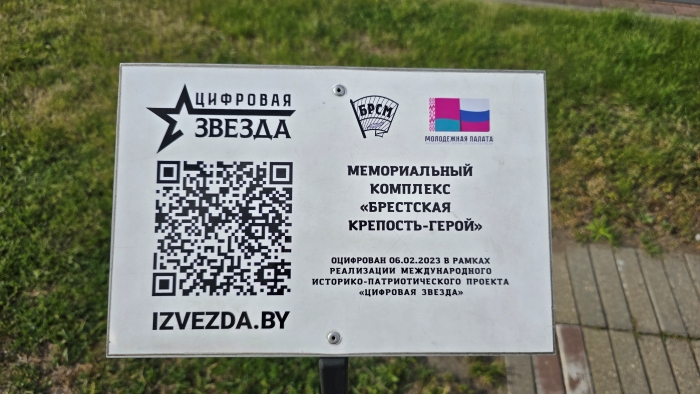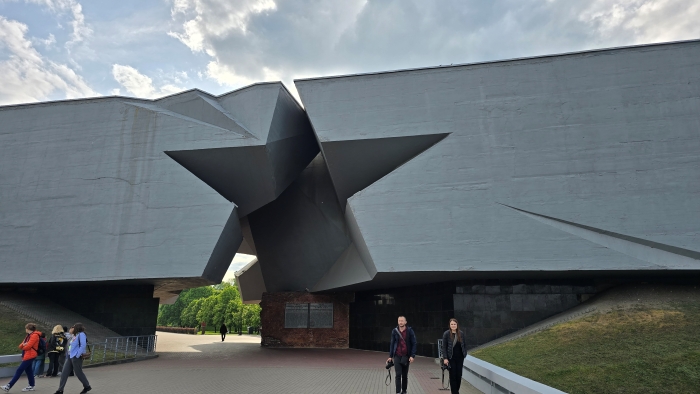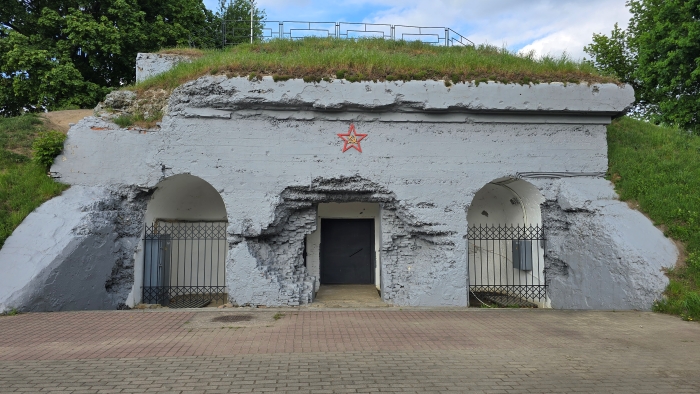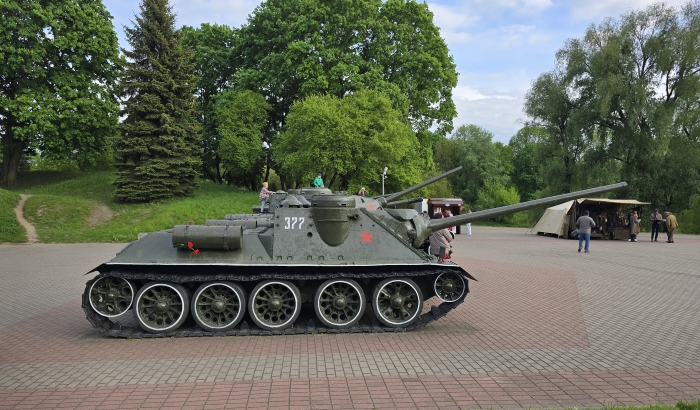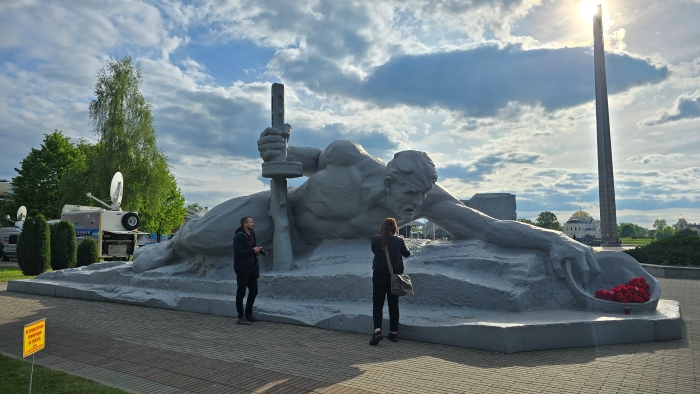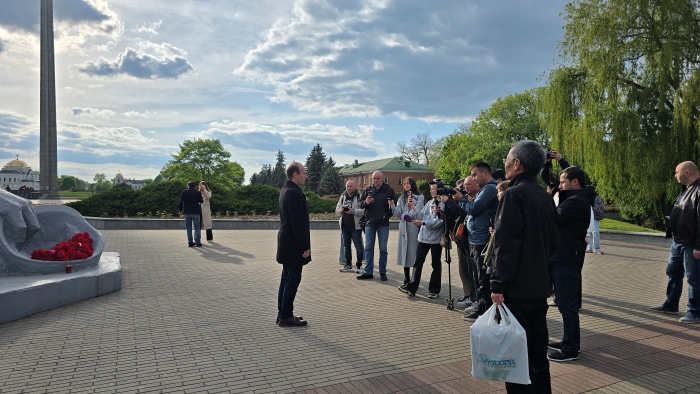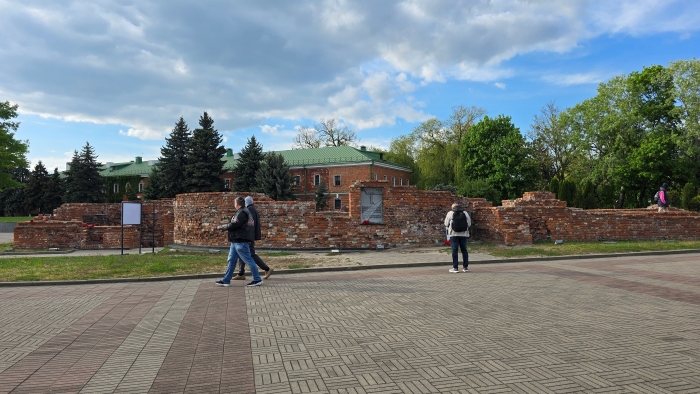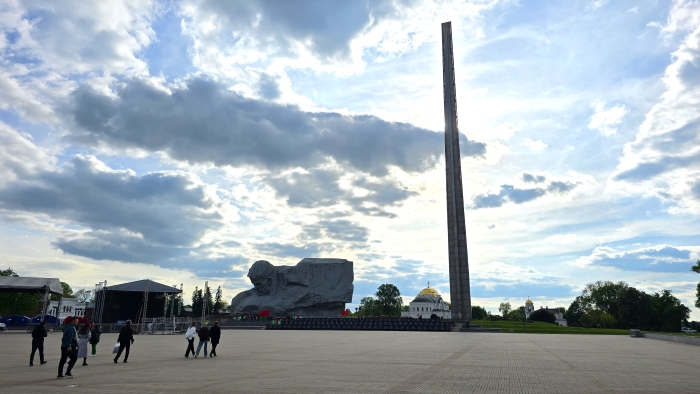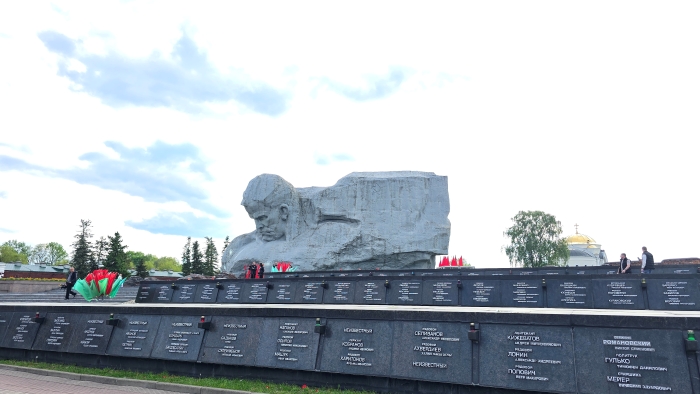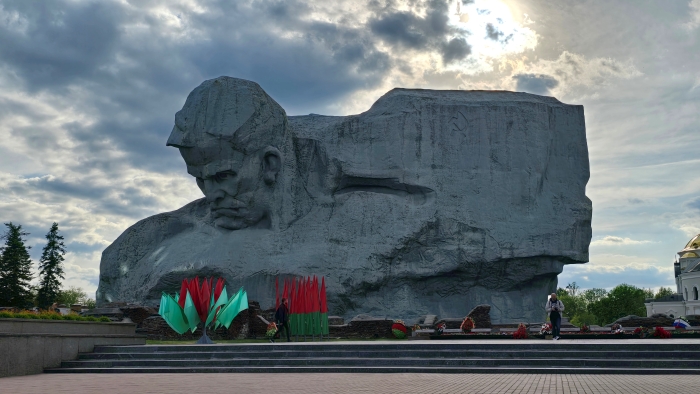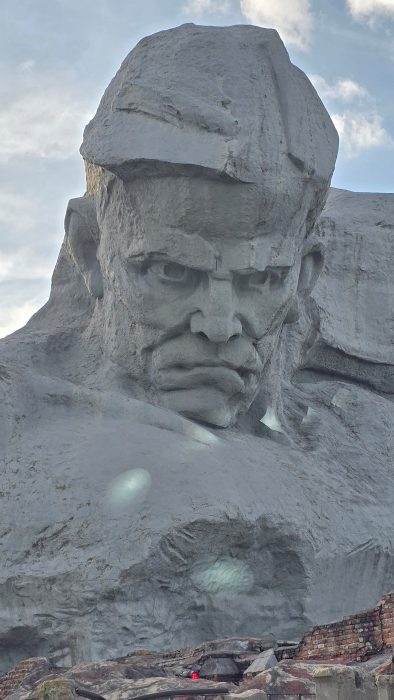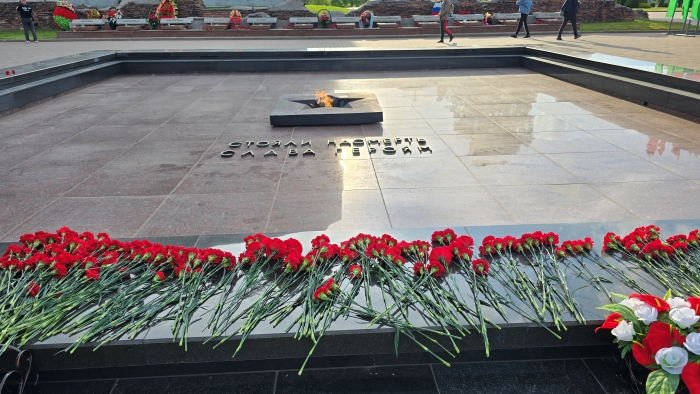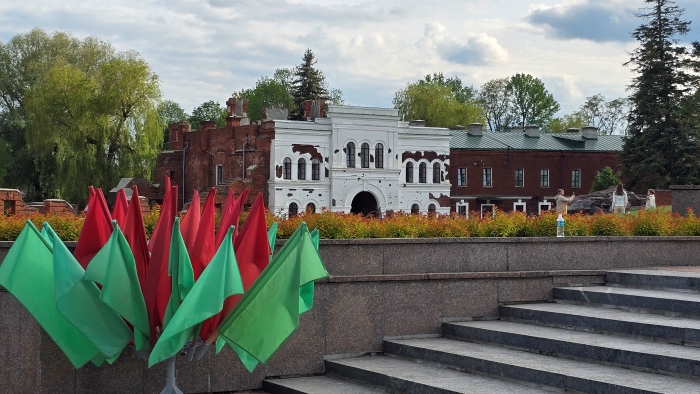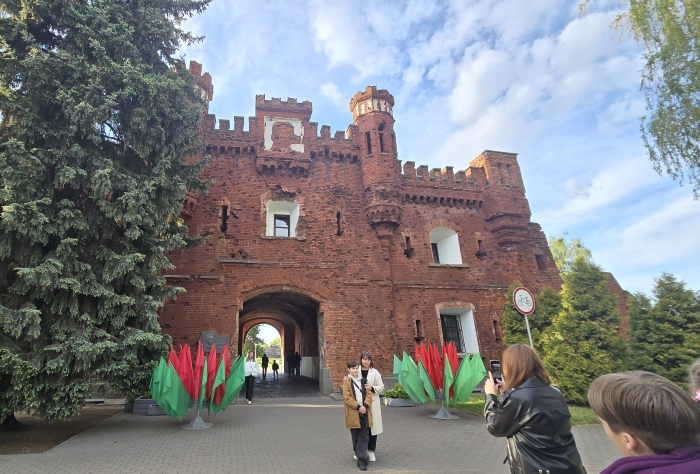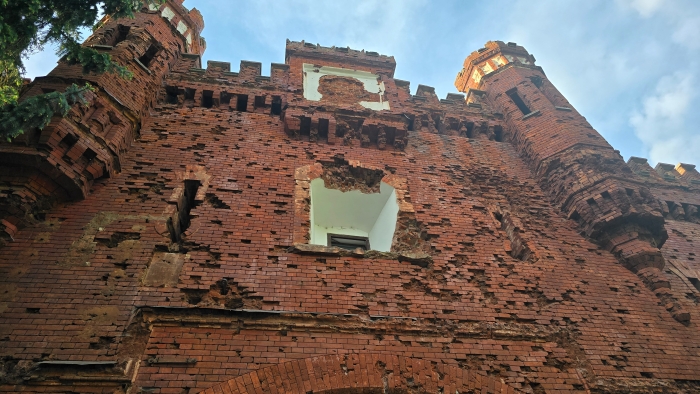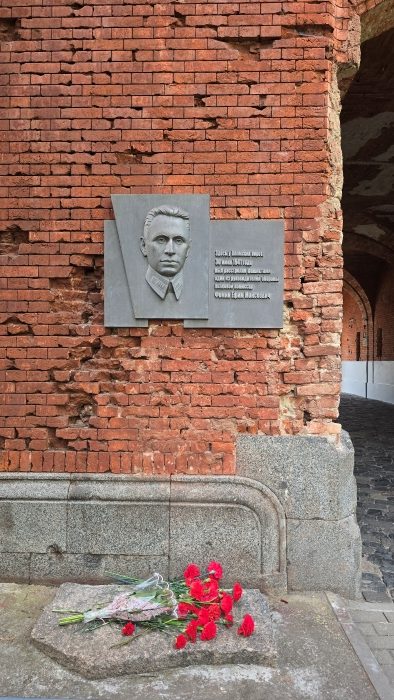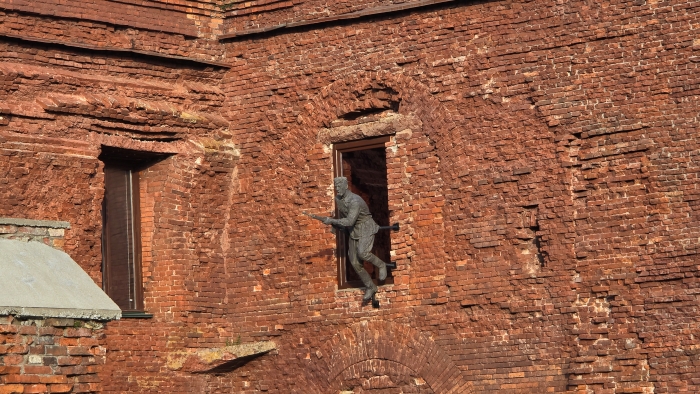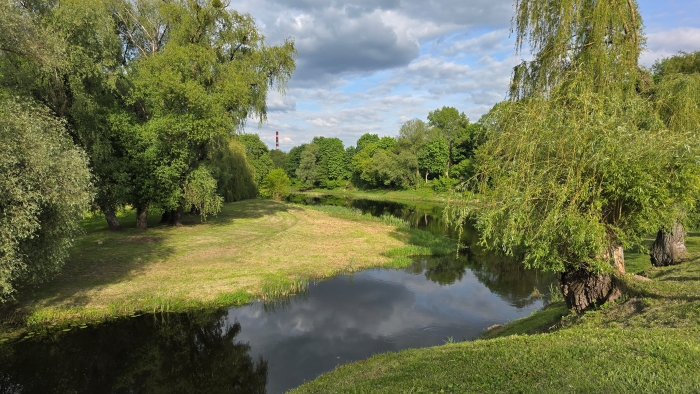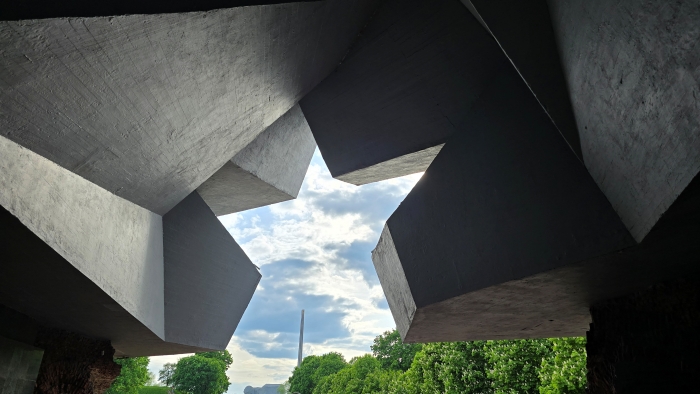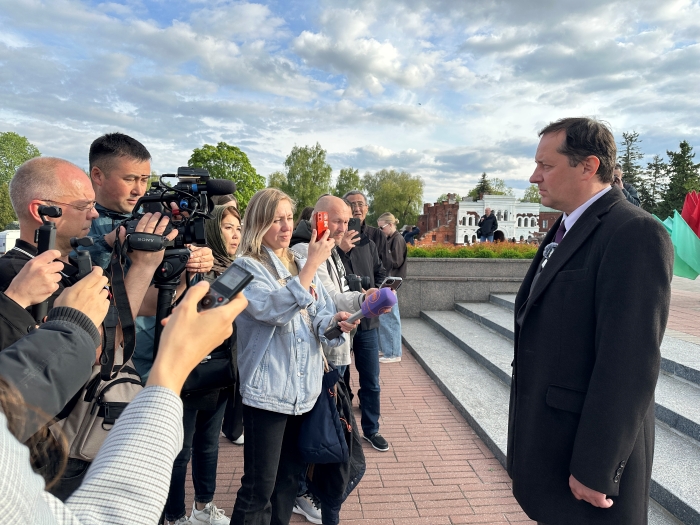Elvira Kadyrova, Brest, 6 May 2025
Time stands still here, preserving stories of heroism, resilience, and bravery from the tragic first days of the Great Patriotic War. These thoughts immediately come to mind upon entering the Brest Fortress Hero Memorial Complex, located on Heroes of Defense Street in Brest.
Approaching the Kholm Gate, riddled with bullet holes, one can feel the weight of historical events that unfolded on this land. The solemn melody of “The Sacred War”, broadcast over loudspeakers alongside the sounds of battle, heightens the sense of presence.
Constructed between 1833 and 1842 as a military stronghold of the Russian Empire, the fortress became a symbol of heroism on June 22, 1941. Despite being vastly outnumbered, its garrison—just 9,000 soldiers—resisted the assault of German forces for an entire month. Encircled and suffering severe shortages of ammunition, medicine, food, and water, the defenders of Brest Fortress, along with their families, demonstrated extraordinary fortitude and courage.
The Brest Fortress Hero Memorial Complex was officially inaugurated in September 1971. Over the decades, its forts, barracks, and various structures have undergone restoration and gradual museumification. The memorial ensemble has been enriched with new landmarks emphasizing heroism and the price of peace. Today, the complex includes battle sites, ruins, preserved fortress structures, sculptures, and museum exhibitions, such as:
- The Museum of Brest Fortress Defense (1956)
- The War Museum – Territory of Peace (2014)
- The Chronicle of Brest Fortress (2019)
- The Defense of the Eastern Fort (2020)
- Museum of Fort No. 5 – Exhibition Fort No. 5 of Brest Fortress (2021)
The heart of the memorial is the Ceremonial Square, dominated by the 100-meter Bayonet Obelisk, visible from anywhere in the city. Nearby stands the sculpture “To the Heroes”, depicting a soldier protecting the banner, and the monument “Thirst”—an agonized fighter reaching for water, symbolizing the suffering of defenders deprived of hydration during the siege. The Eternal Flame, ignited in 1971, burns at the base of the main monument, while 200 memorial plaques bear the names of the fallen, forming a cemetery where the remains of 1,048 people—representing over 30 nationalities—are laid to rest.
The ruins of the White Palace mark the location where the act of surrender was signed on July 23, 1941. Fighting continued at the Eastern Fort until August. Inscriptions on the walls, such as “We are dying but not surrendering,” left by the defenders themselves, send shivers through all who read them.
Alexander Korkotadze, director of the Brest Fortress Hero Memorial Complex, shared with journalists that from January to April 2025, the complex welcomed 125,000 visitors, hosted over 3,700 guided tours, and attracted tourists from more than 10 countries.
The Brest Fortress is a call to tell the truth about war—about those who gave their lives for the future. The inscription “I am dying, but I do not surrender,” etched on the barracks wall, seems to be addressed to our generation: Remember what the heroes fought for. They fought for peace. Their legacy is our shared responsibility. ///nCa, 8 May 2025
Photo report:
